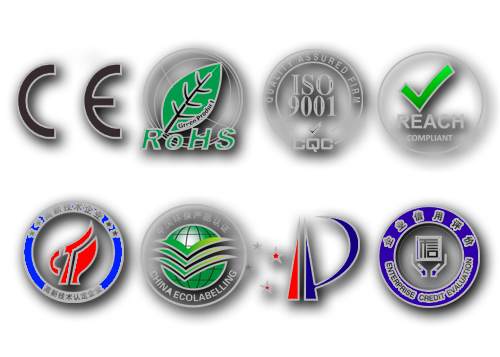Structure material and performance of high-efficiency filter mesh.
Structure material and performance of high-efficiency filter meshAir filters are available in many different constructions and materials.There are also some differences in the environment in which the different types of HEPA filters are used and in the efficiency with which they purify the air. For example, there are significant differences between filters for coarse and medium-efficiency filters and filters for high-efficiency filters. Coarse, medium-efficiency filters use looser, more breathable chemical fiber cloth as filter material, but high-efficiency filters use some fiber panels or synthetic fiber materials with a higher density as filter material. The structure and material of the high-efficiency filter determine the filtration accuracy. Filtration accuracy is the ability to remove different sizes of particle contaminants and is the main performance indicator for assessing filter performance. When selecting a high-efficiency filter, we focus on filtration accuracy. Filtration accuracy is directly related to the pore size and distribution of the filter material, which is influenced by the diameter of the fiber material. High-efficiency filters have smaller diameters and higher distribution density and uniformity of fiber material, allowing them to be used for a variety of purification requirements in different applications. Although many materials are available for air filters, few are commonly used. Currently, the more common high-efficiency filters are bag-type high-efficiency filters. These filters are made of chemical fibers. Although not as effective, they have a large dust capacity and are not easily damaged. They are usually used for primary filtration in purification systems. For HEPA filters, most products are made of glass fiber material. These fibers are characterized by their round cross-section and constant diameter. They are easier to use in a controlled manner than natural fibers and can be produced in very fine fibers. As a result, the filtration effect is very high. They can be recognized by many companies in the industrial market. Likewise, glass fiber materials are resistant to high temperatures, damage, and corrosion and are suitable for use in conventional purification environments such as medical, food and petroleum, and chemical sectors. Materials for air filters also include some high-end material types, such as ceramic fiber filters. It is the ideal material for high-efficiency filter screens. It can be used for fume adsorption in steel plants and chemical plants. The filtration effect is very high. However, the material has general mechanical properties and is respirable and therefore has not been effectively promoted. |

 German
German French
French Italian
Italian Portuguese
Portuguese Japanese
Japanese Korrean
Korrean Russian
Russian




